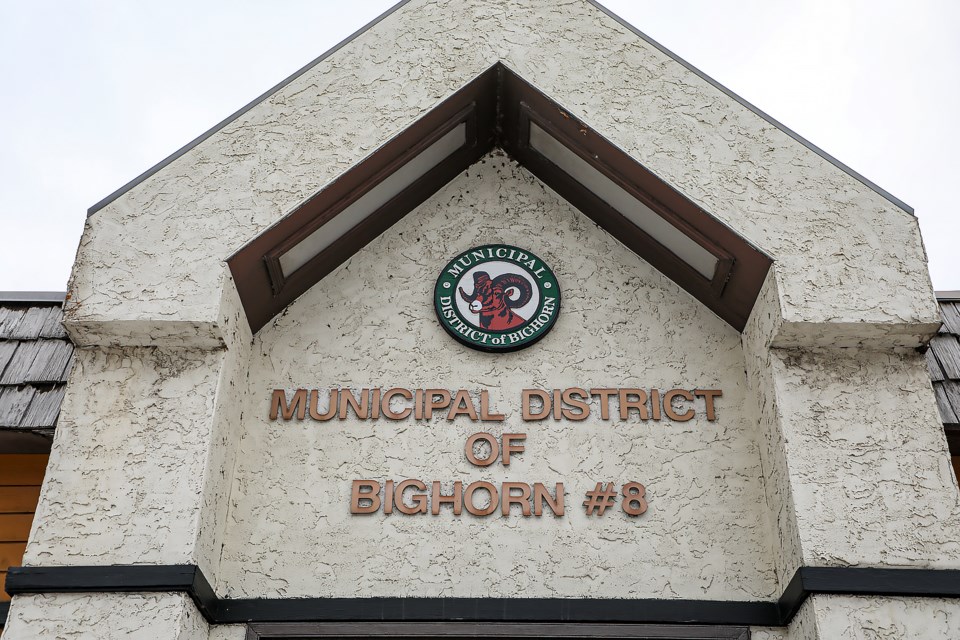MD OF BIGHORN – After a senior management team attended a presentation at the Municipal Climate Change Action Centre, the MD is beginning to move forward on its own climate resilience and action plan.
The proposal was brought up at Bighorn’s governance and priorities committee Jan. 27 meeting.
“Staff have seen the need for this climate resilience and adaption plan,” Reeve Lisa Rosvold said. “Quite frankly, it is something we are behind on doing.”
This plan will be the first steps for the MD to identify and prepare for the potential impacts of climate change. Both the Town of Canmore and the Summer Village of Ghost River have their own plans, which the MD will use as a base for their own.
“Those were two examples that were provided for the committee to review, so we had an understanding to what staff were referring to,” Rosvold said.
This program awards $80,000 in funding per project. Applications for funding must be submitted prior to March 31. The funding is about 75 per cent subscribed.
“We don’t have a climate resilience and adaption plan so it is going to council to review doing one now,” Rosvold said. “We will then review applying for grant funds to work on this type of project.”
Canmore’s climate action plan was established in 2018 and set a goal to reduce community greenhouse gas emissions (GHG) by 30 per cent of 2015 levels by 2030.
A recent report to Canmore council showed Town-owned buildings saw GHG emissions decline by 25 per cent to 7,876 tonnes per year, while the community still accounted for 221,594 tonnes in 2021.
Banff council adopted an environmental master plan in 2019 to reduce community-wide GHGs by 30 per cent by 2030 and 80 per cent before 2050 compared to 2016 levels. The ultimate goal is to achieve 100 per cent renewable energy by 2050.
A 2016 study showed the community was responsible for 425,000 tonnes of GHGs per year, with about 96 per cent being by-products of non-renewable fossil fuel consumption.
The two municipalities rolled out Clean Energy Improvement Program’s late last year for residents, designed to help homeowners finance loans and repay them through their property bills to assist with clean energy home improvements.
The preparation of Bighorn’s plan would be fully funded without requiring any additional contributions from the MD. It aligns with Goal F of the new strategic plan of the MD, which states it will steward the natural environment and strengthen the resolve of the MD in the face of climate change.
“Our climate is changing and if we are not ahead of it, then we are behind it,” Rosvold said. “We need to make sure we are planning for the future and we have provisions in place to help reduce our impact on climate change and then to consider how different our climate might be in the Bow Valley.”




